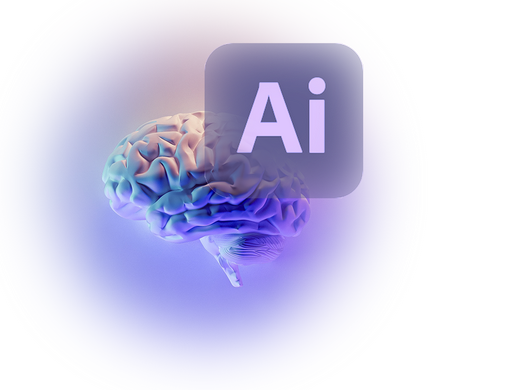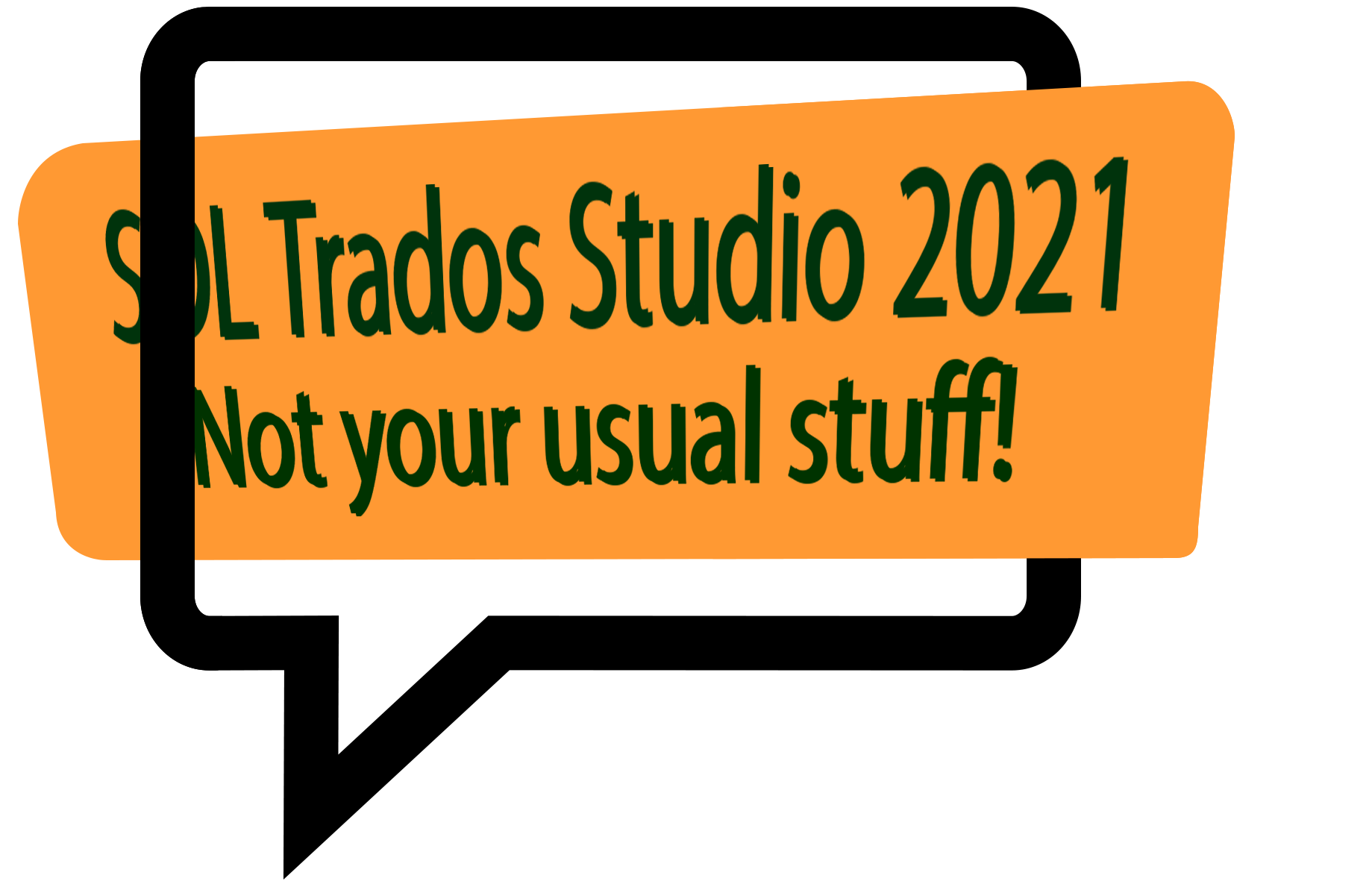 It’s been 11-years since I have written about the PowerShell Toolkit that was originally created by the development team in SDL. Back then I was able to fumble my way through setting it up, editing a few files, and automating the creation of a project in Trados Studio. In all the time since then it’s not really received any updates, although there have been a couple of notable events. First it was open-sourced in 2014 and then… well OK, only one notable event! The PowerShell Toolkit has actually not been touched in all of this time to any great extent much to the consternation of some localization engineers who would have liked to have seen more work done to improve its capabilities. In case you might wonder what use this Toolkit is… a brief explanation would be that it allows users to automate tasks that could be carried out in Trados Studio without the need for complex code development and without having to open Trados Studio at all!. The toolkit makes use of the PowerShell task automation framework, which is already integrated into Windows, making it accessible to users who might not be familiar with software development. The Trados Studio PowerShell Toolkit enables users to perform a variety of automated tasks, such as creating Translation Memories, setting up new projects, and generating project packages for different languages.
It’s been 11-years since I have written about the PowerShell Toolkit that was originally created by the development team in SDL. Back then I was able to fumble my way through setting it up, editing a few files, and automating the creation of a project in Trados Studio. In all the time since then it’s not really received any updates, although there have been a couple of notable events. First it was open-sourced in 2014 and then… well OK, only one notable event! The PowerShell Toolkit has actually not been touched in all of this time to any great extent much to the consternation of some localization engineers who would have liked to have seen more work done to improve its capabilities. In case you might wonder what use this Toolkit is… a brief explanation would be that it allows users to automate tasks that could be carried out in Trados Studio without the need for complex code development and without having to open Trados Studio at all!. The toolkit makes use of the PowerShell task automation framework, which is already integrated into Windows, making it accessible to users who might not be familiar with software development. The Trados Studio PowerShell Toolkit enables users to perform a variety of automated tasks, such as creating Translation Memories, setting up new projects, and generating project packages for different languages.
Continue reading “Trados Studio – Powershell Trilogy Part 1”


 After I did my last studies, apart from all the endless mandatory HR type training we have to endure these days, I thought that would be it for any sort of formal training for me. In fact the main reason for me doing my last formal studies,
After I did my last studies, apart from all the endless mandatory HR type training we have to endure these days, I thought that would be it for any sort of formal training for me. In fact the main reason for me doing my last formal studies,  The most viewed article I have ever written by far was “
The most viewed article I have ever written by far was “ Growing a product range, buying new companies, being bought yourself, adopting new technology, reorganising etc… all of this creates significant change across an organisation that often feels as though you’re on a merry-go-round where things change as you go around until you’re back to where you started and then it all changes again. I can only imagine that feeling applies to customers and employees alike as each revolution strives to be better than the last, easier to navigate, meaningful in its purpose and full of the promise of success once properly implemented… and yet slightly confusing at the same time!
Growing a product range, buying new companies, being bought yourself, adopting new technology, reorganising etc… all of this creates significant change across an organisation that often feels as though you’re on a merry-go-round where things change as you go around until you’re back to where you started and then it all changes again. I can only imagine that feeling applies to customers and employees alike as each revolution strives to be better than the last, easier to navigate, meaningful in its purpose and full of the promise of success once properly implemented… and yet slightly confusing at the same time! Why would you have to? Surely Ai can translate itself? If not it sounds like a pretty big topic… or I’m just confused. Acronyms can do this to you and these days we do have good reason to be confused… Multiterm/Machine Translation (MT), National Aeronautics and Space Administration/North America South America (NASA), Role Playing Game/ Rocket Propelled Grenade (RPG), Wages For Housework/Working From Home (WFH)… the latter essentially being the same!! The list is huge and these days I find myself looking something up almost every day. Ai is another one… Artificial Intelligence is probably what crossed your mind right from the start, particularly since I put it on top of a brain! I actually found
Why would you have to? Surely Ai can translate itself? If not it sounds like a pretty big topic… or I’m just confused. Acronyms can do this to you and these days we do have good reason to be confused… Multiterm/Machine Translation (MT), National Aeronautics and Space Administration/North America South America (NASA), Role Playing Game/ Rocket Propelled Grenade (RPG), Wages For Housework/Working From Home (WFH)… the latter essentially being the same!! The list is huge and these days I find myself looking something up almost every day. Ai is another one… Artificial Intelligence is probably what crossed your mind right from the start, particularly since I put it on top of a brain! I actually found  This year at the Spring Trados Roadshows the emphasis was firmly placed upon education. Almost all the presentations were based on providing translators, project managers, localization engineers etc. with great material to help them as they work with the Trados toolsets.
This year at the Spring Trados Roadshows the emphasis was firmly placed upon education. Almost all the presentations were based on providing translators, project managers, localization engineers etc. with great material to help them as they work with the Trados toolsets. Time seems to be going faster as I’m getting older as it doesn’t seem that long ago since we saw the release of the 2019 version of SDL Trados Studio. But here we are, it is that time again and many users will already have noticed they have a shiny new version in their account… SDL Trados Studio 2021. Fast as it is, we don’t want to do these product launches too often because I can tell you it’s a major undertaking requiring no small amount of coordination between the product management teams, core development teams, AppStore team, support teams, customer success teams, marketing teams, sales teams, back office teams, IT teams, 3rd party developers who provide plugins and more. In addition to this we often have other projects on the go and many of the teams worked on the new
Time seems to be going faster as I’m getting older as it doesn’t seem that long ago since we saw the release of the 2019 version of SDL Trados Studio. But here we are, it is that time again and many users will already have noticed they have a shiny new version in their account… SDL Trados Studio 2021. Fast as it is, we don’t want to do these product launches too often because I can tell you it’s a major undertaking requiring no small amount of coordination between the product management teams, core development teams, AppStore team, support teams, customer success teams, marketing teams, sales teams, back office teams, IT teams, 3rd party developers who provide plugins and more. In addition to this we often have other projects on the go and many of the teams worked on the new  The Old Farts Language Code Club! This is a new club, inspired
The Old Farts Language Code Club! This is a new club, inspired  The origin of Chad (if you’re British) or Kilroy (if you’re American) seems largely supposition. The most likely story I could find, or rather the one I like the most, is that it was created by the late cartoonist George Edward Chatterton ‘Chat’ in 1937 to advertise dance events at a local RAF (Royal Air Force) base. After that Chad is remembered for bringing attention to any shortages, or shortcomings, in wartime Britain with messages like Wot! No eggs!!, and Wot! No fags!!. It’s not used a lot these days, but for those of us aware of the symbolism it’s probably a fitting exclamation when you can’t save your target file after completing a translation in Trados Studio! At least that would be the polite exclamation since this is one of the most frustrating scenarios you may come across!
The origin of Chad (if you’re British) or Kilroy (if you’re American) seems largely supposition. The most likely story I could find, or rather the one I like the most, is that it was created by the late cartoonist George Edward Chatterton ‘Chat’ in 1937 to advertise dance events at a local RAF (Royal Air Force) base. After that Chad is remembered for bringing attention to any shortages, or shortcomings, in wartime Britain with messages like Wot! No eggs!!, and Wot! No fags!!. It’s not used a lot these days, but for those of us aware of the symbolism it’s probably a fitting exclamation when you can’t save your target file after completing a translation in Trados Studio! At least that would be the polite exclamation since this is one of the most frustrating scenarios you may come across!